Apr 10, 2023 · Anaerobic digestion (AD) is an environmentally friendly process for recovering low-carbon energy from the breakdown of organic substrates.
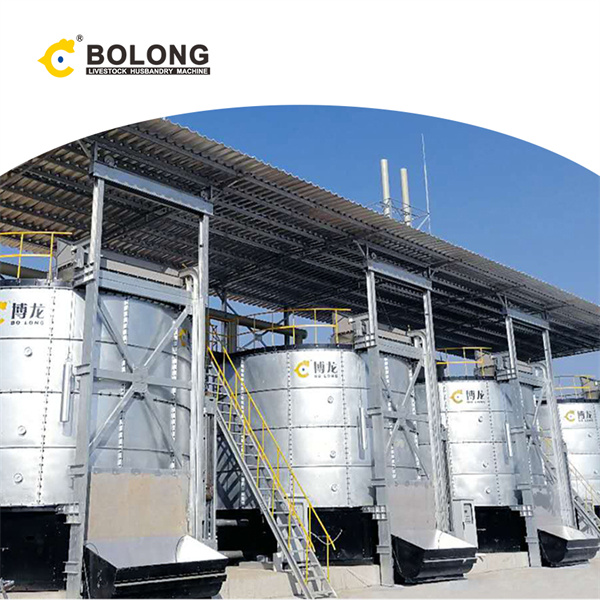
Apr 10, 2023 · Anaerobic digestion (AD) is an environmentally friendly process for recovering low-carbon energy from the breakdown of organic substrates.
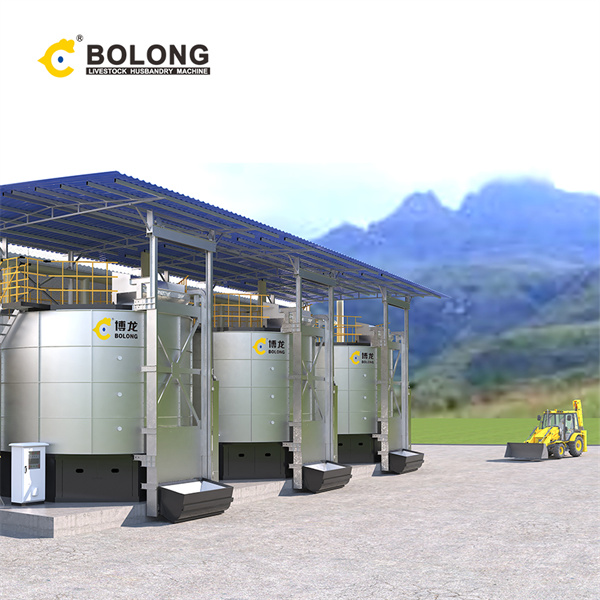
Dec 31, 2020 · Indeed, although modern science recognizes more than one type of fermentation, a general definition should define fermentation as a biochemical process through which most microorganisms decompose carbohydrates to produce energy under anaerobic conditions [3,4,5]. According to Pasteur, “Fermentation is life in the absence of oxygen” . In
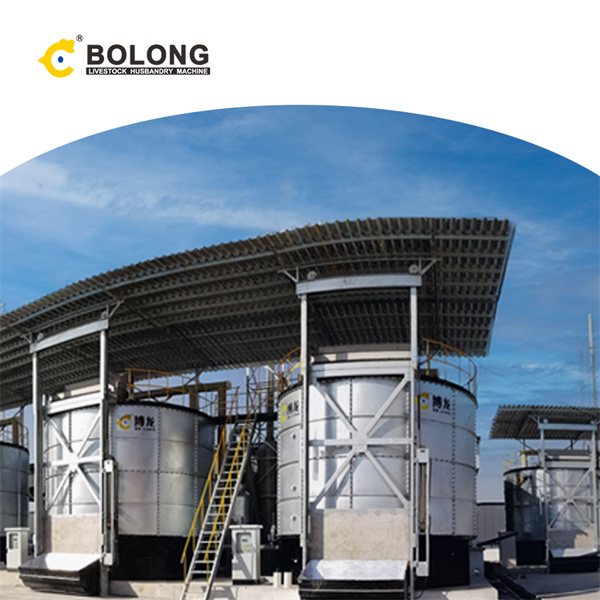
Feb 1, 2022 · From an eco-friendly point of view, integration of SA with ethanol utilizes residual pentose sugars as a resource and CO 2 as a carbonate source, thus facilitating complete carbon turnover along with commercially interesting renewable chemicals (Amulya and Venkata Mohan, 2021; Herselman et al., 2017). SA production TE analysis using pure
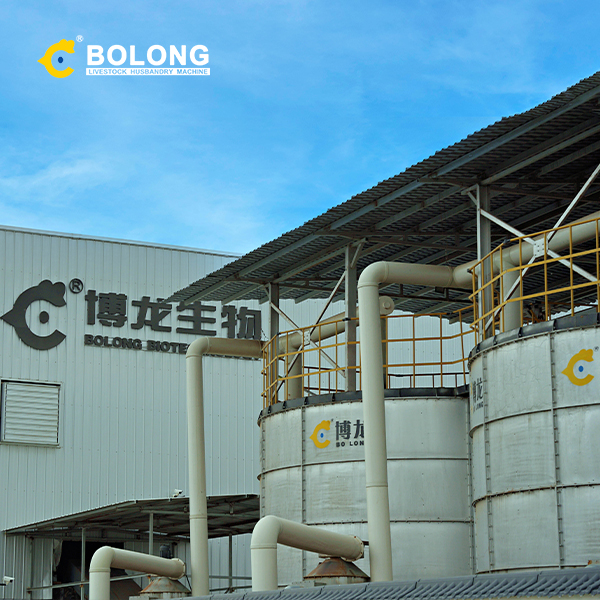
Feb 8, 2022 · Anaerobic fermentation can improve sludge characteristics, increase dewatering characteristics and remove organic matter, and the biogas produced is a high-quality clean energy source (Ting and Lee 2007). It has the advantages of protecting the environment and saving resources.
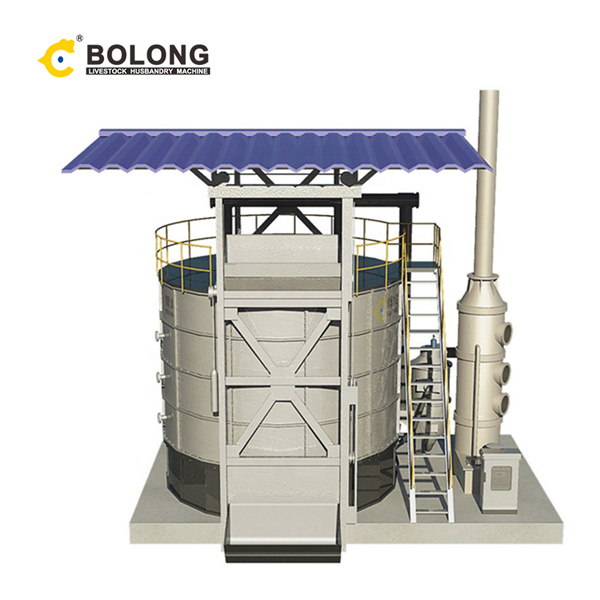
Sep 5, 2022 · The biological hydrogen production technology of organic wastewater fermentation method utilizes the biological anaerobic-acid-generating fermentation process to produce hydrogen, and can also be used as the acid-generating phase in the two-phase anaerobic biological treatment system.
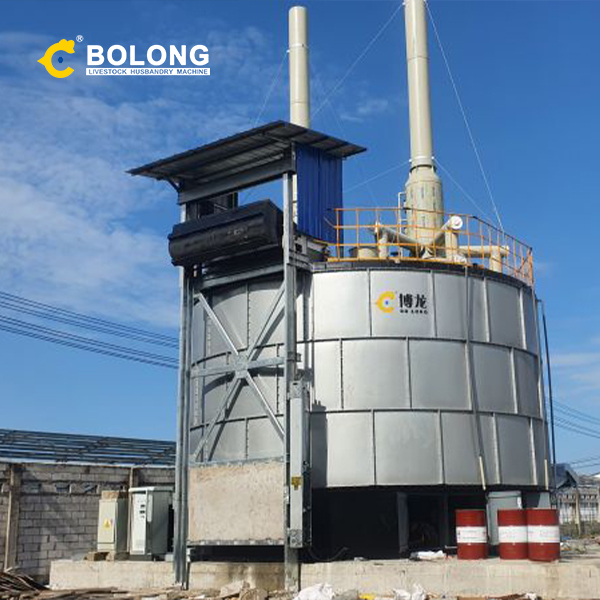
Jul 21, 2020 · Silage is a crop preservation method based on natural lactic acid fermentation under anaerobic conditions . Silage can be used as an economical, low-consumption, and environmentally friendly preservation method, meeting the annual demand for high-quality raw materials for industrial production and increasing the value of artichoke by-products.
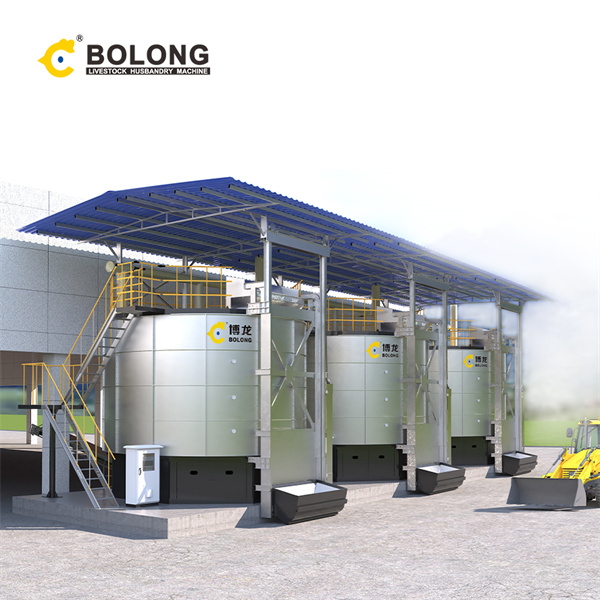
As aforementioned, dark fermentation (DF) is a biologi-cal hydrogen production method that falls under anaerobic fermentation in obscurity or in the absence of daylight. It is currently a more widespread technology owing to its envi-ronment-friendly nature, energy-ecient technique, and the fact that it necessitates less surface area. Microorganisms
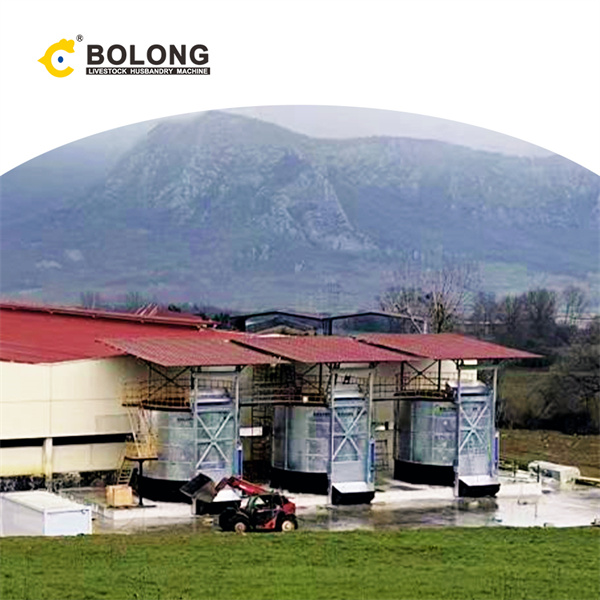
May 9, 2022 · This article aims to present the results of research on anaerobic digestion (AD) of waste wafers (WF-control) and co-substrate system—waste wafers and cheese (WFC-control), combined with digested sewage sludge. The aim of this study was to assess the physicochemical parameters of the diatomaceous earth/peat (DEP; 3:1) carrier material and to verify its impact on the enzymatic activity and
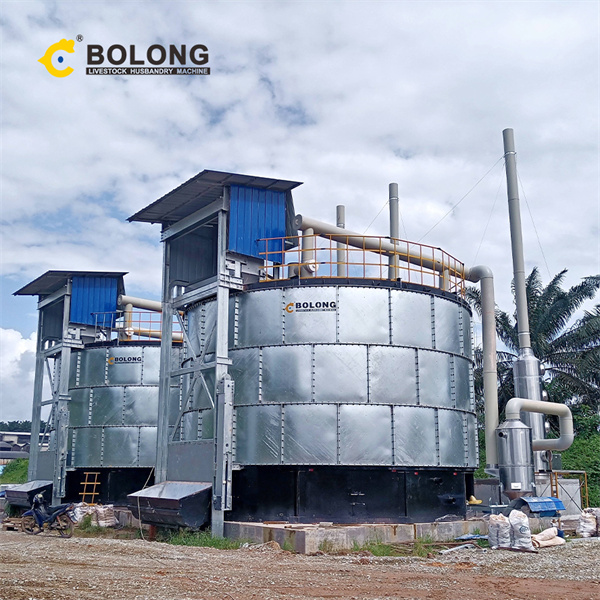
Jun 20, 2024 · fermentation, chemical process by which molecules such as glucose are broken down anaerobically. More broadly, fermentation is the foaming that occurs during the manufacture of wine and beer, a process at least 10,000 years old. The frothing results from the evolution of carbon dioxide gas, though this was not recognized until the 17th century.

Mar 15, 2010 · Moreover, the mechanism of VFA improvement was also explored. It was suggested that anaerobic fermentation process at pH 10.0 should be reconsidered to be applied as an eco-friendly material recycling process, based on its sludge dewaterability and total bromate.
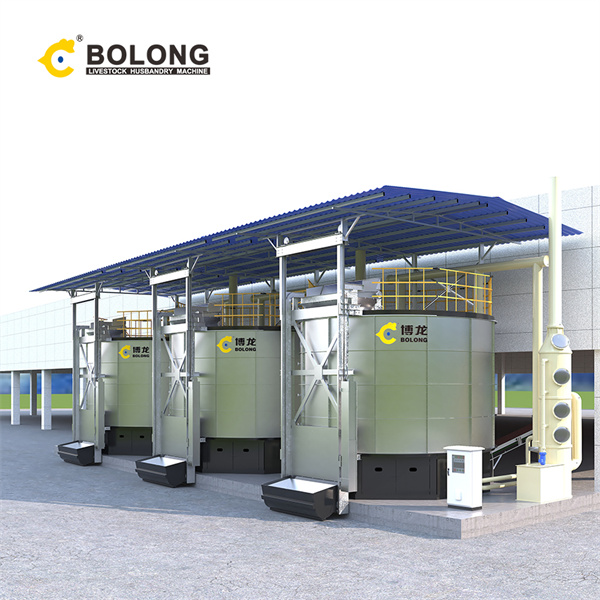
Aug 21, 2023 · Resource recovery can be achieved through thermochemical processes or biological conversion techniques, including anaerobic fermentation, anaerobic digestion, and composting . Anaerobic fermentation is an effective and environmentally friendly technology for sludge treatment and recycling, and is widely used . The products of sludge anaerobic
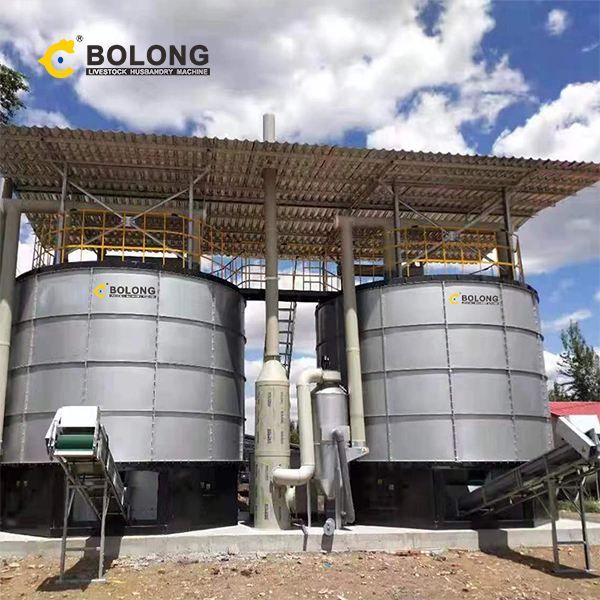
Mar 1, 2018 · Microbe-mediated degradation of xenobiotics is one of the important eco-friendly approaches to remove persistent harmful compounds accumulated in the environment. The ability of microorganisms to degrade, metabolize and transform xenobiotic compounds has been recognized as an efficient way of removing poisonous and detrimental wastes (Sridevi

Nov 10, 2022 · The coupling of the dark fermentation with the anaerobic digestion seems to increase the energy outcomes of the process but the selection of the feedstock is also relevant to ensure that an environmentally friendly system is also energetically sustainable. 4. Conclusions and future perspectives
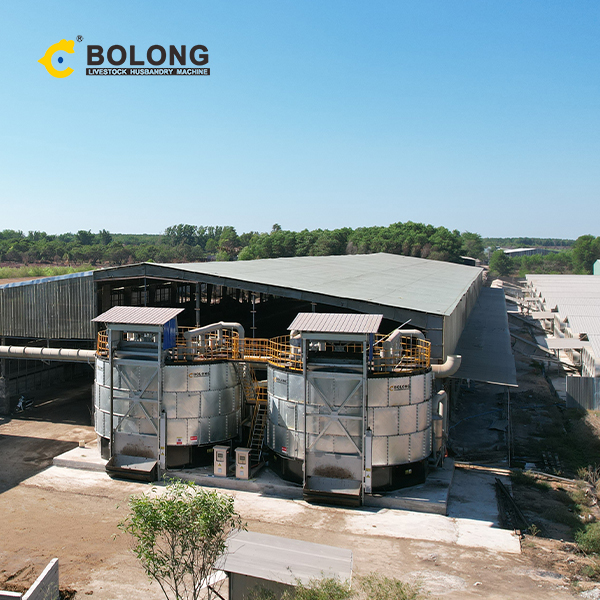
Sep 15, 2023 · In this process, facultative or obligate anaerobic bacteria decompose organic matter in various substrates through various metabolic pathways to produce biohydrogen, which is more environmentally friendly, consumes less energy than physicochemical , and generates energy whilst reducing waste (Tsigkou et al., 2019).

Nov 1, 2023 · Producing biohydrogen from microalgae via anaerobic fermentation is an eco-friendly strategy for generating renewable energy (Zhang et al., 2023). Using the metabolic flexibility of certain microalgal species, this method takes advantage of the microbes' ability to produce hydrogen gas even in oxygen-depleted environments.